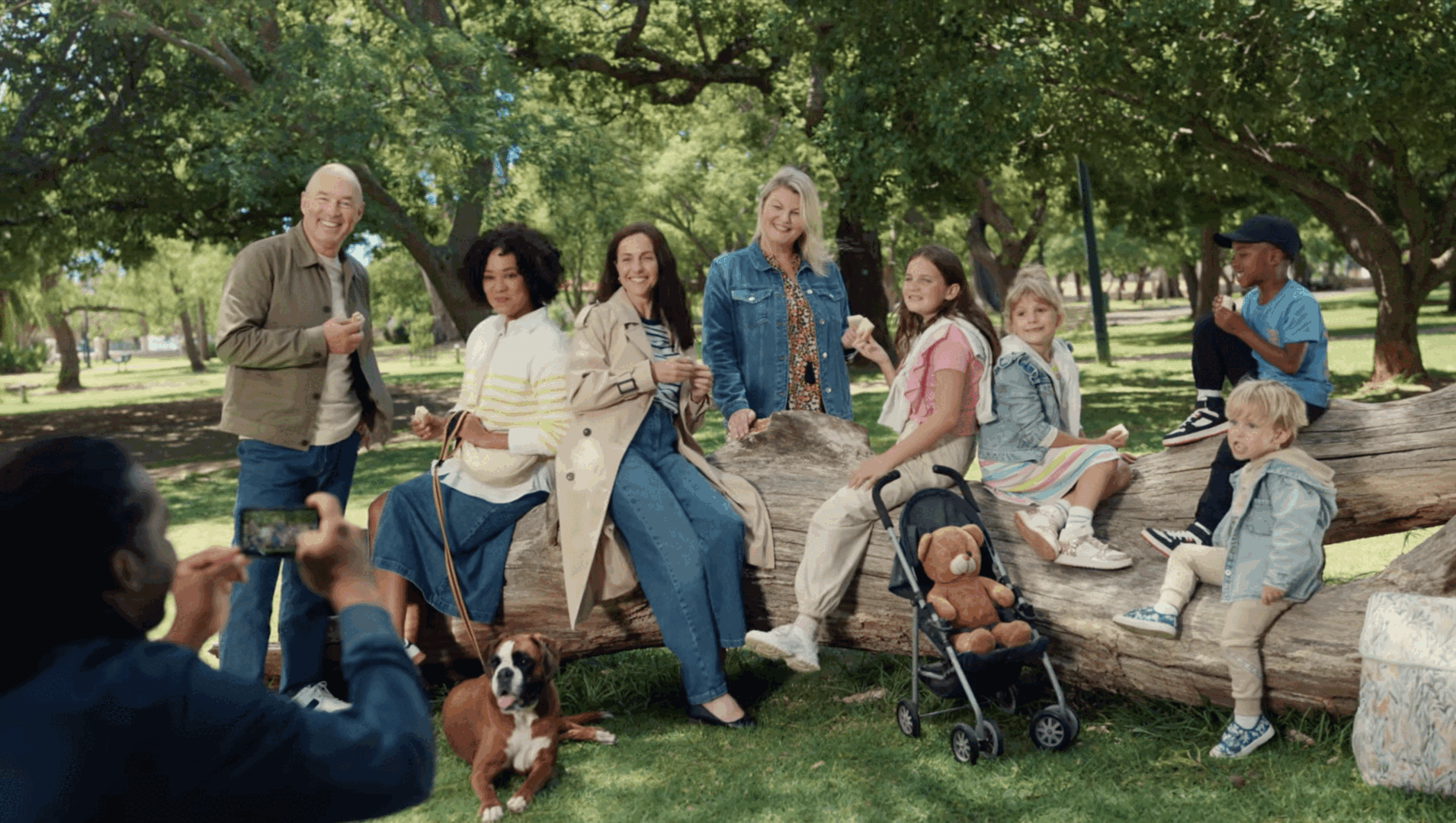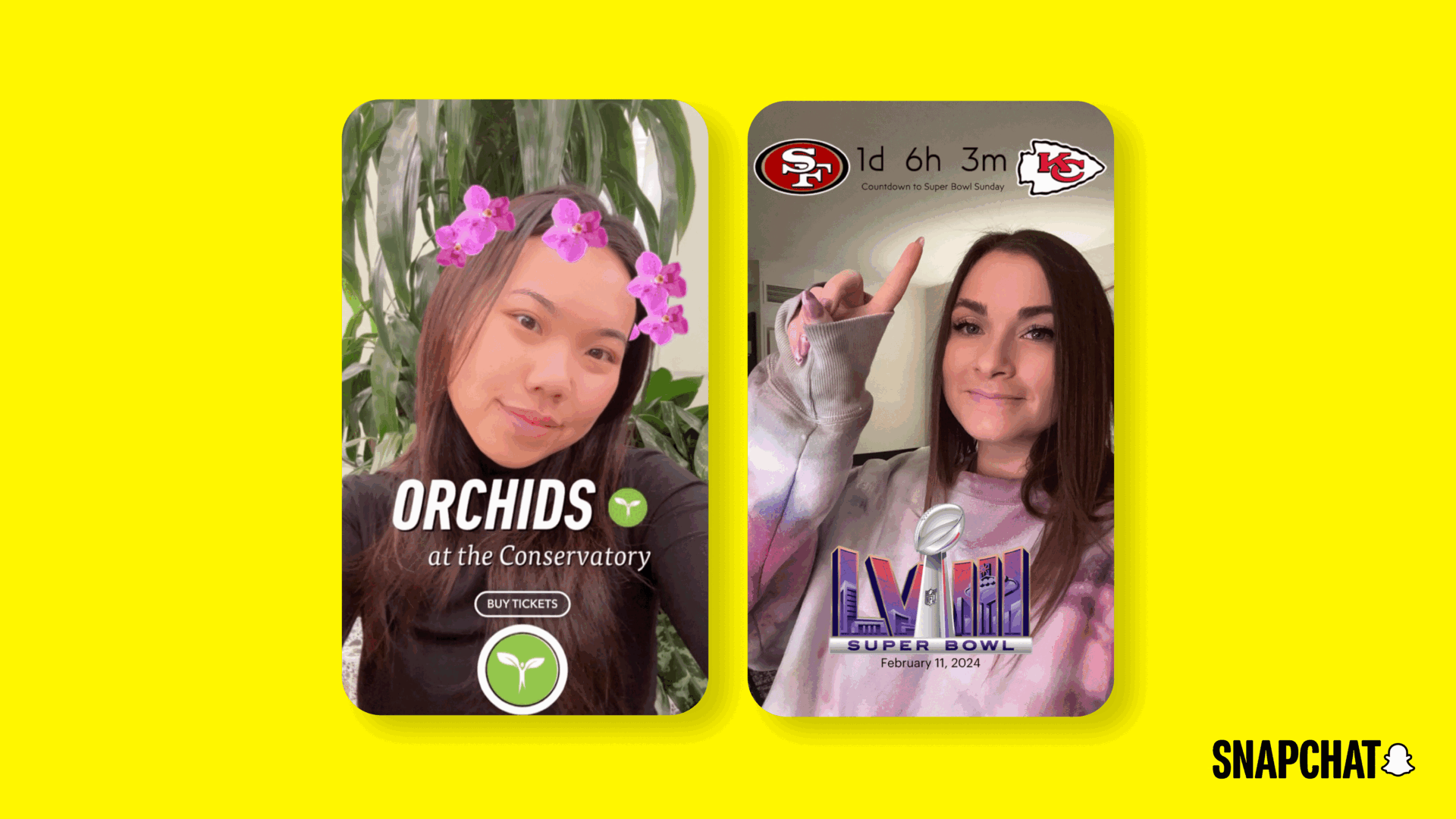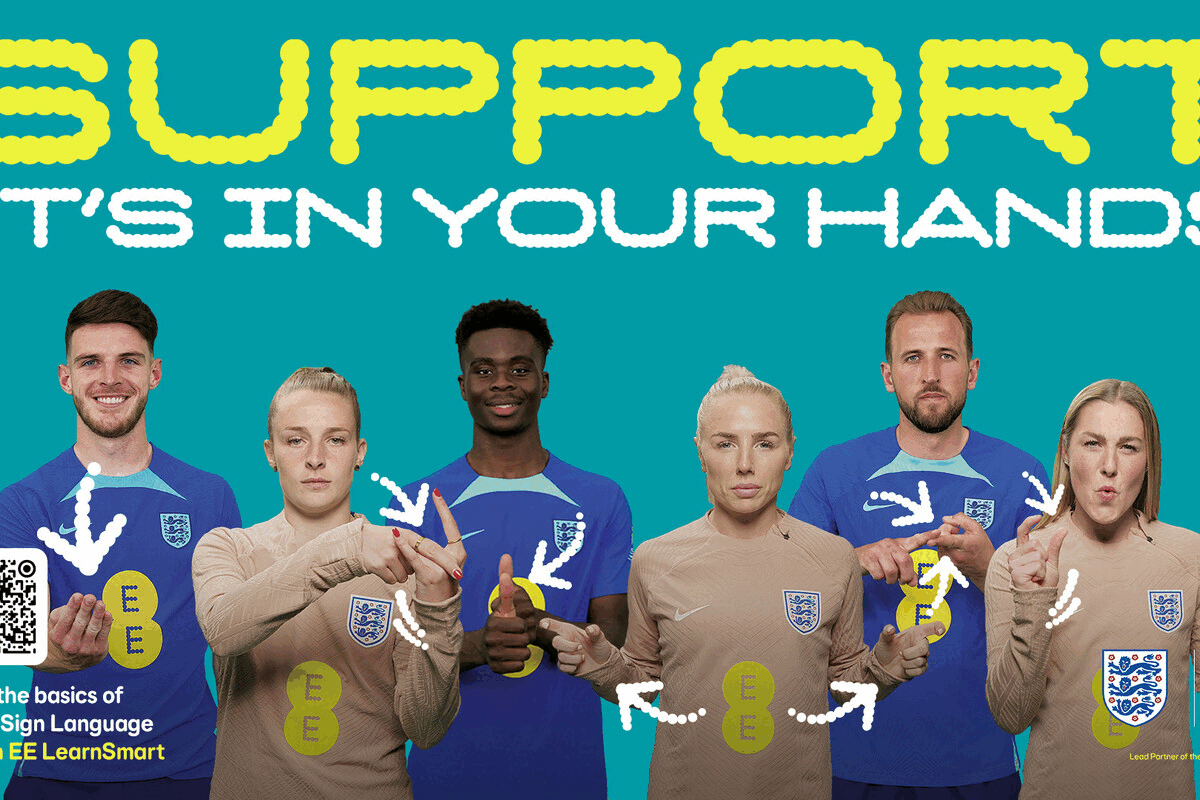Co-viewing on the rise as content choice explodes – report
- Friday, February 24th, 2023
- Share this article:
 A global study of 5,000 families across 10 countries and six continents, has identified significant trends in the way that families are connecting with media content. Parents are increasingly co-viewing with children as they take a more active role in selecting appropriate content, giving rise to increased fandom opportunities. That said, the report also highlights the sheer volume of content now available. With the average family now having 5.1 TV subscriptions, identifying just how challenging it is for content to stand out amongst the noise.
A global study of 5,000 families across 10 countries and six continents, has identified significant trends in the way that families are connecting with media content. Parents are increasingly co-viewing with children as they take a more active role in selecting appropriate content, giving rise to increased fandom opportunities. That said, the report also highlights the sheer volume of content now available. With the average family now having 5.1 TV subscriptions, identifying just how challenging it is for content to stand out amongst the noise.
The study of 20,147 family members was carried out by insights, strategy and creative agency Kids Industries (KI) and hones in on what it means to be a family in 2023, presenting a timestamp of family life today around the world, in terms of attitudes, media habits, mental health and hopes for the future. The full report will launch at Kids Industries’ Global Family conference on 21 March in London.
The study reveals that the average global family has 6.1 devices , while the average child owns 3.1. The average number of TV subscriptions is 5.1, and in the UK, viewers have 42,808 titles to choose from across Amazon, Netflix, Now TV and Disney+.
“There is a risk associated with this,” said Gary Pope, CEO and Co-founder at KI. “Too much choice, delivered too quickly at too low a quality will struggle to build a supportive and invested fanbase – a community that will invest in merchandise, experiences and more.”
53 per cent of children watch live TV at least once a week, compared to 55 per cent watching streamed content.
Co-viewing time as a family has grown significantly. In 2019, 74 per cent of parents said they co-viewed with their children at least once a month. In 2023, 73 per cent of parents said they co-view at least half the time.
Children are most likely to discover new streamed content from YouTube (57 per cent); recommendations from friends and family (51 per cent); ads on VOD/streaming platforms (37 per cent); and live TV advertising (32 per cent)
“Both linear and streamed content have something to offer children,” said Pope. “But, in my opinion, linear is gaining momentum because of trust. It offers a viewership moment even if it’s not as frequent as streaming, making an ‘event’ something to look forward to, something to anticipate. A programme becomes a special moment for families meaning franchise and fandom are able to flourish.
Parents’ top five priorities from media content are positive role models for children (52 per cent); the opportunity to watch/play together and have fun (47 per cent); soft education e.g problem solving (42 per cent); story-lines explaining real-world issues (38 per cent); and a focus on imagination and fantasy (38 per cent).
“Our first share of the research findings focuses on trends in the streaming space and reveals how today, forming a connection to content is fundamental for a programme’s success,” said Pope. “In the fragmented world of children’s media, this is becoming both more important and yet more scarce than ever.
“In a time where our research shows that 89 per cent of 3–5-year-olds can navigate a smartphone, but only 14 per cent can tie their shoelaces, we can see how models are shifting right before our eyes. Brands that aren’t building fans in significant numbers connected to the stories they tell, should be concerned.
“It’s clear that for children, content consumption has become the main free time activity, ahead of any type of active play. We’re not going to be able to change this, so we need to (and we have a responsibility to) make sure that the content we create for these audiences is as nutritious as it is possible to be.”
There are a range of tactics and strategies that children’s media producers can do to ensure they connect meaningfully with families right around the world. We’ll cover these in depth at our conference in March, but they include developing content that can be shared between generations through storytelling and humour, building a lifestyle brand universe (not just entertainment) and making emotional connections as the virtual and real-world crosser over via shared experiences.”
















